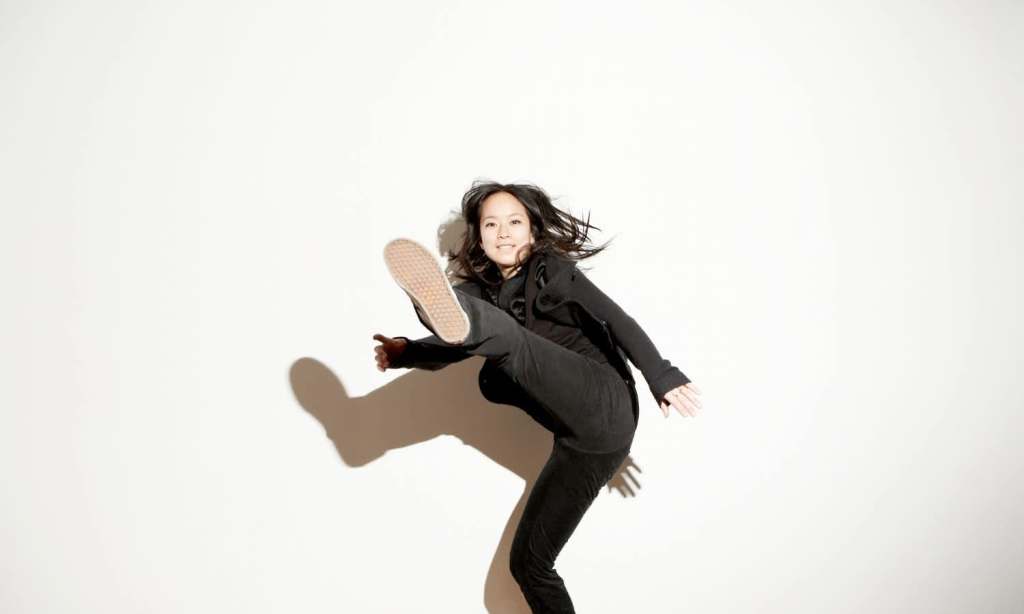It’s certainly a word of the moment, with countless articles, podcasts and books dedicated to it, but what exactly is resilience? If you think it’s overcoming hardship and becoming mentally stronger than before, you’re right — but that’s not the entirety of it. And understanding the whole definition of resilience is key in better your adoption of it.
“Resilience is also about adaptability, creativity and flexibility,” writes therapist Paul McKenna in an excerpt on Daily Mail of his book Positivity: Confidence, Resilience, Motivation.
“The more flexible you are when facing a challenge, the more likely you will stay in control and get what you want. That’s because you create more choices for yourself. Sticking doggedly to one approach stops you exploring different avenues, and closes your mind off to new routes to success.”
McKenna says the best way to be in control of your future is to be more flexible than your environment, adding that a good way to visualise that is to picture a reed blowing in the wind. If it’s too stiff, it’ll snap. But if it’s flexible, it’ll survive by adapting to the environment.
So, how do you go about becoming more flexible and, therefore, more in control of your life? Here are four of the several exercises McKenna suggests trying to help foster flexibility in your thinking. The aim is to become like the reed in the wind when challenges strike.
“We’re also going to work on boosting your confidence — a state of being that I define as feeling comfortable in your own skin,” McKenna says.
Stand Up Straight
“The three things that determine how we feel and act at any moment in life are the pictures and sounds in our minds plus our posture,” says McKenna.
One way to do this is to imagine a golden thread coming down from the sky, through the top of your head and into your core. With the idea of the thread holding you up, you’ll feel relaxed but with good posture.
“Use this technique often, and after a while, your body will want to keep that relaxed, upright posture,” he says.
Try a Power Pose
Social psychologist Amy Cuddy has researched and spoken at length about the influence of posture on one’s state of mind — and McKenna says it’s definitely worth trying what she calls ‘power poses’.
“Within two minutes of taking up one of the poses [Wonder woman, winner or boss], your physiology — and hence your whole mental state — will change,” McKenna says.
“If these postures feel silly, or unusual, or bad, or difficult for you, that means that for a large part of your life, you have been training yourself to sit or stand in low-status poses. You have been telling people you are an underdog.”
You can watch Cuddy’s TedTalk on power poses here:
Answer Your Own Problems
McKenna says one of the best techniques for helping to solve a problem is a set of six questions that come from the field of decision theory. The idea is not necessarily to solve the problem immediately, but instead, to get yourself thinking about it differently.
First, think about a problem, and then to ask yourself these questions:
- What are three positive things about this problem?
- What’s not how you want it?
- What are you willing to do to get the result you want?
- What are you willing to stop doing to get the result that you want?
- How can you motivate yourself and even take pleasure in doing what needs to be done to get the result you want?
- What’s something you can do today to get things moving in the right direction?
“Each time you ask and answer these six questions, you will gain new insights into how to better handle the situation that you are exploring,” McKenna says.
“I once did this with someone who was unwell and who thought there was no positive about their illness. After a number of attempts, he said, ‘Well, at least I know what’s wrong with me and I am getting treatment.’”
ABC Your Priorities
According to McKenna, one of the hardest words for us to say is ‘no’. So, to avoid feeling overwhelmed when can’t say ‘no’ and we commit to too much, he suggests using an A, B and C list.
A list: Items are things that must be done urgently or there will be trouble.
B list: Items that are important, but can wait.
Everything else goes on the C list.
“Try it,” he says. “It should help to reduce your stress levels if you are feeling overwhelmed, and will boost your productivity, too.”
Read more stories from The Latch and subscribe to our email newsletter.







